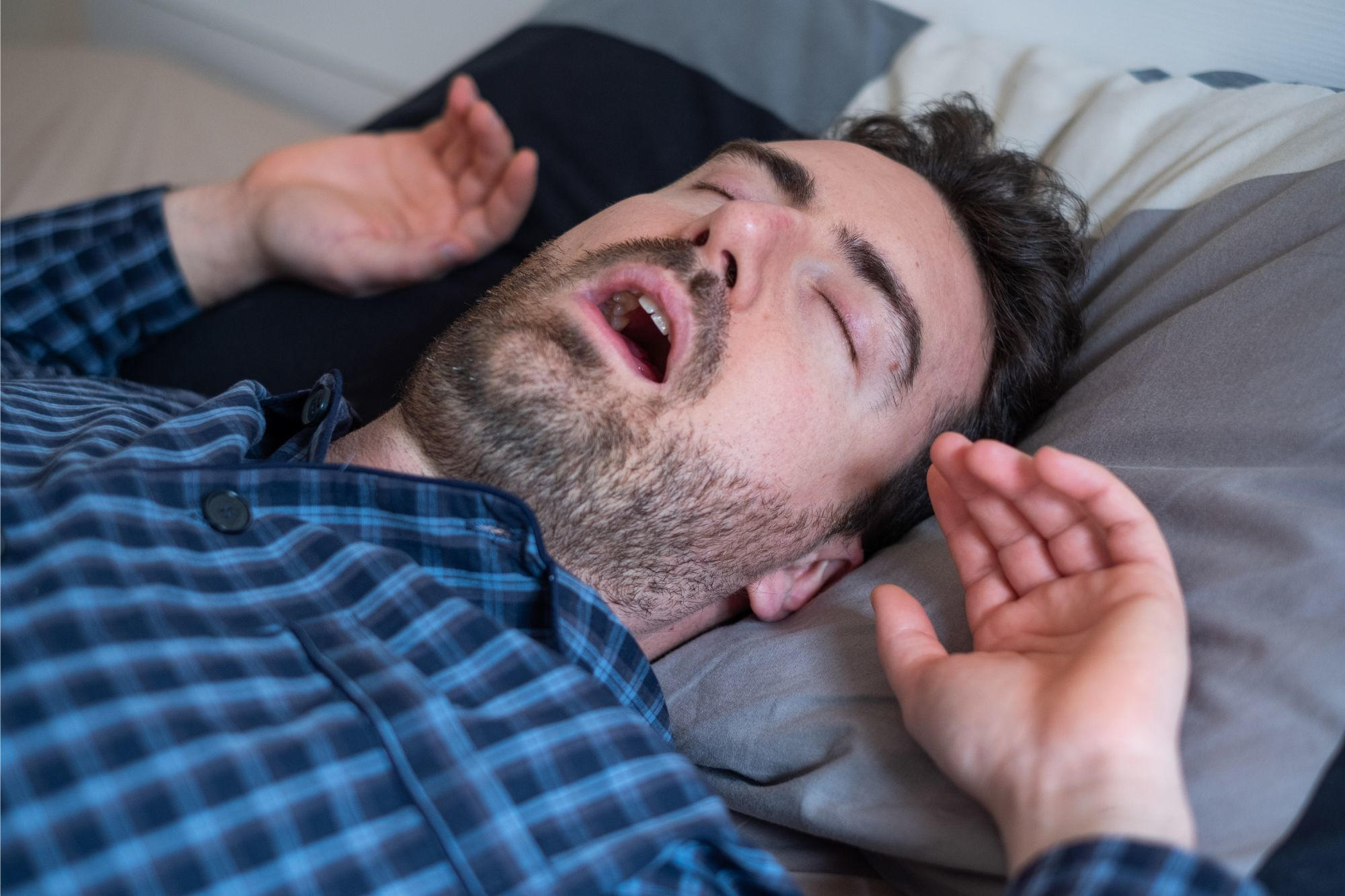One in Five Adults May Suffer From Dangerous Snoring
By EUROPEAN RESPIRATORY SOCIETY
 |
| Science shows one in five French guys snore |
According to a recent study published
in the ERJ Open Research, it’s estimated that as many as one
in five individuals could be grappling with obstructive sleep apnoea (OSA).
Those afflicted with OSA frequently
experience symptoms such as loud snoring, interruptions in breathing throughout
the night, and recurring awakenings. Beyond causing fatigue, OSA may also
heighten the risk of serious health issues, including hypertension, stroke,
heart diseases, and type 2 diabetes.
Treatments and lifestyle changes can
help people with OSA. However, the new study also suggests that only a small
proportion of people with symptoms of OSA have been diagnosed and are receiving
help for the condition.
The study included data on 20,151
French adults. Researchers recorded how many participants had been diagnosed
with OSA. They also used a questionnaire to gauge how many participants might
have undiagnosed OSA. The questionnaire focuses on heavy snoring and excessive
daytime sleepiness (the two most common OSA symptoms), high blood pressure, and
obesity.
Researchers then used this data to calculate the proportion of the French population who are likely to be affected by OSA. They found that around one in five (20.2%) were highly likely to have OSA while only 3.5% were being treated for the condition.
OSA was more common in men in people who
were older, had cardiovascular disease, lower
socioeconomic status, or were less physically active, in smokers, and in people
with symptoms of depression. Women were at a higher risk of going undiagnosed
with OSA.
The study was led by Dr. Pauline
Balagny from the Faculty of Medicine at the University of Paris-Cité, France.
She said: “We know that OSA is a major health hazard but if patients are
diagnosed with the condition, they can be given treatments and advice to
mitigate the risks. Our study suggests that OSA is common, but the majority of
those affected do not know they have the condition.
“Our findings are in line with
research in other countries which suggest that OSA is becoming more common.”
A key strength of this research is
that it is based on a large group of people who are representative of the
French population. A weakness is that the study relies on a questionnaire to
gauge the likelihood of OSA, rather than testing participants in a sleep
clinic.
Professor Winfried Randerath, Head of
the European Respiratory Society’s Assembly on sleep-disordered breathing, who
was not involved in the research said: “This research suggests that many people
with OSA are not aware that their snoring and sleepiness are signs of a
problem. We need to raise awareness of OSA because once people are diagnosed,
they can be given treatment and advice to help lower their risk of other
serious conditions such as stroke, heart disease, and diabetes. Although OSA is
more common in men, this study indicates that we also need to get better at
spotting the condition in women.”
Dr. Balagny and her colleagues will
continue to study the links between OSA symptoms and cardiovascular diseases.
They are also investigating whether screening for OSA could help heart attack
patients.
Reference: “Prevalence, treatment and
determinants of obstructive sleep apnoea and its symptoms in a population-based
French cohort” by Pauline Balagny, Emmanuelle Vidal-Petiot, Adeline Renuy,
Joane Matta, Justine Frija-Masson, Philippe Gabriel Steg, Marcel Goldberg,
Marie Zins, Marie-Pia d’Ortho and Emmanuel Wiernik, 10 May 2023, ERJ Open Research.
DOI:
10.1183/23120541.00053-2023
The study was funded by Recherche Hospitalo-Universitaire
iVASC.